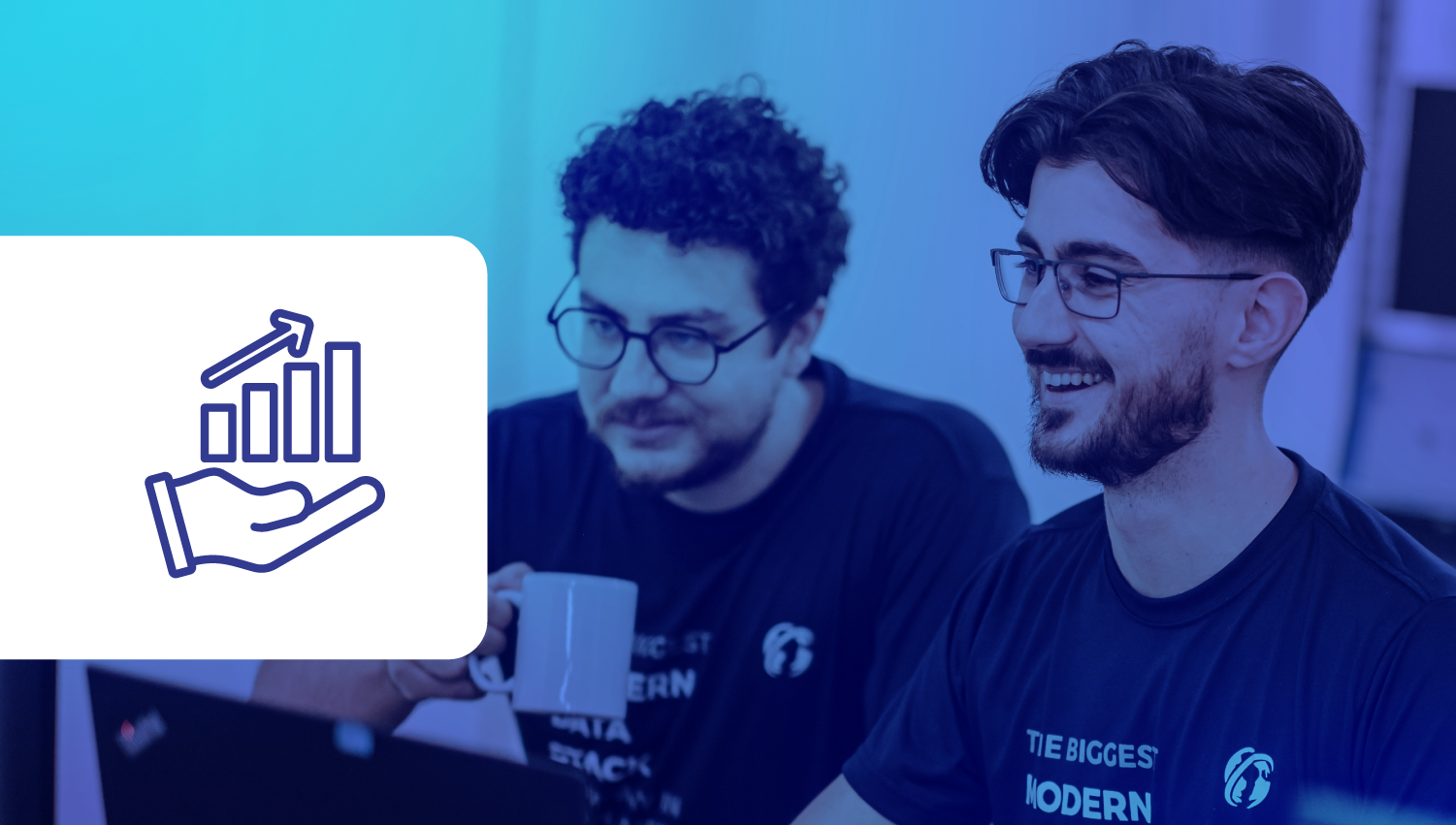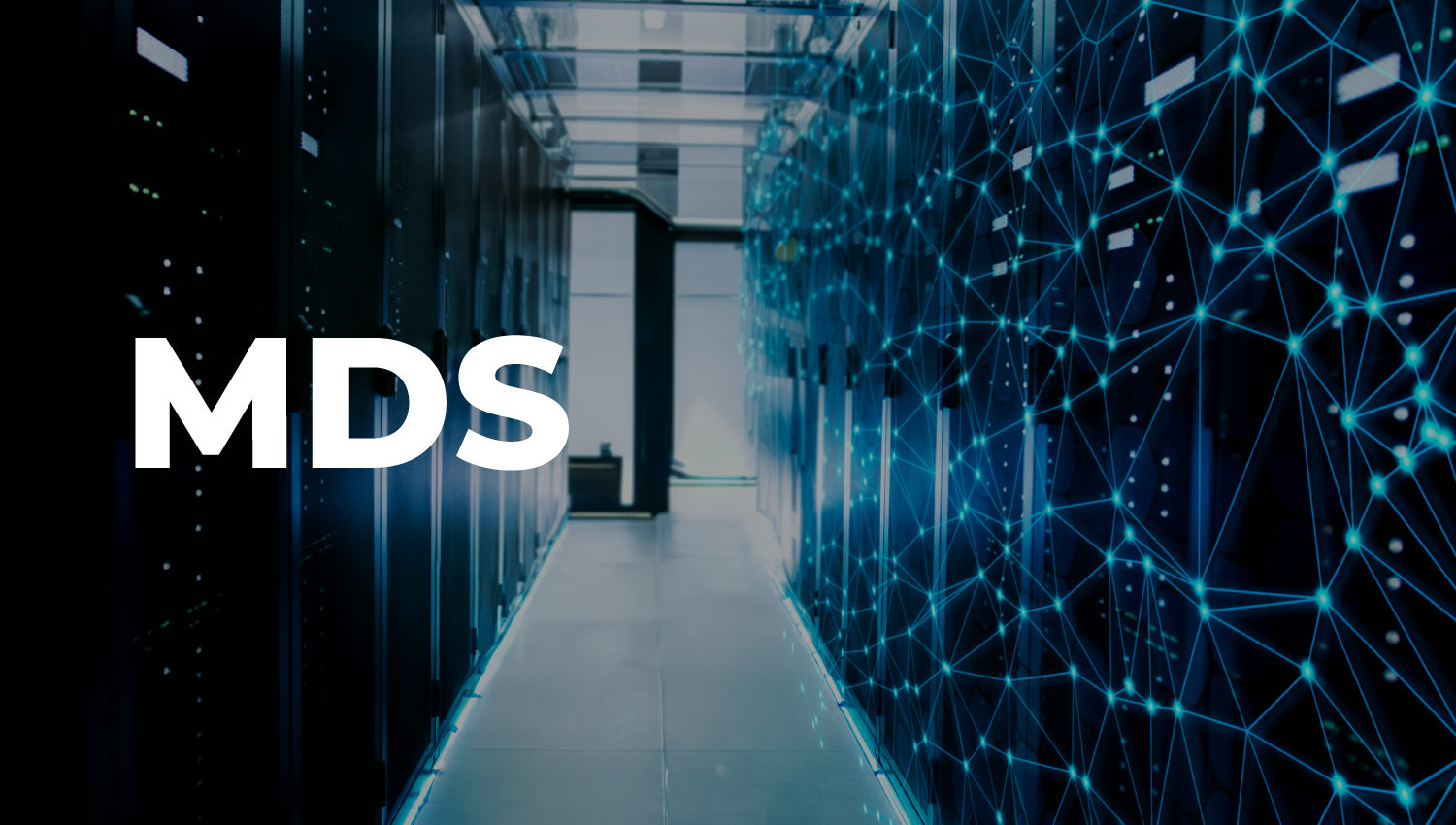
Data analytics is the science of analyzing data in its raw state to draw accurate conclusions from that information.
Understand now and in detail the concept of this science, the types of possible analysis , the requirements for working in the area and much more about data analytics .
Have a great read! 🚀
What is data analytics?
Data analytics is the science of analyzing data in its raw state to draw accurate conclusions from that information.
It is applied especially in the corporate environment with a view to developing data driven strategies, maximizing profits and optimizing processes, for example.
Any type of information can become an object of analysis and, with data analytics techniques, generate precious insights to improve different areas of a company.
With these techniques, it is possible to predict market trends and reveal missing metrics in a massive amount of data. This information can then be used to increase the overall efficiency of the business or systems.
What is the data analytics process like?
The data analytics process consists of some fundamental steps , such as:
- determine the metrics and the way in which the data will be grouped, separating it into age, gender and demographics , for example;
- collect data that already has analysis purposes;
- organize the data that was collected;
- clean information to avoid duplication, errors and data corruption;
- analyze the data that went through previous processes.
Following this order, the data analytics process becomes more prone to the accuracy of a company's data analysis.
To better perform this analysis, data analytics professionals use specific techniques and tools.
See below which are the most popular techniques. 👇🏼
- Regression analysis : understands the relationship between variables to determine how a change in one can affect another.
- Factor analysis : reduces the volume of large data sets to discover trends that would be difficult to observe among so much information.
- Slicing analysis : Divides and organizes datasets into groups to enable deeper analysis immersion.
- Time series analysis : Tracks data over time in order to identify cyclical trends or project financial forecasts.
As for the tools used in data analytics , it is essential that they assist in the acquisition, storage, processing and development of data reports to facilitate analysis.
Types of data analytics
There are four basic types of data analytics , each serving a specific purpose. Are they:
- descriptive analysis, which describes what happened in a given period of time;
- diagnostic analysis, which focuses on the reasons for the recorded events;
- predictive analysis, which looks at what will happen in the near future;
- prescriptive analysis, which suggests next steps.
If you want to delve deeper into the subject, we have this article with 10 big data solutions for modern data analysis .
Difference between data analytics, data science and big data
First, it is important to highlight that these three areas work with the same product: data.
However, the objectives and responsibilities of each are totally different and, at the same time, complementary within an organization.
Understand the differences between big data, data science and data analytics:
- big data is the term used to refer to a high-volume data set , and analysts in this area have the main function of identifying the information contained in it;
- data science is the area responsible for studying these large volume data sets in order to extract value from the information;
- data analytics presents the results of these studies for decision-making based on this.
Discover 5 skills needed to work with data analytics
Knowing how to program is one of the most prominent data analytics skills in the first contact with the area, but it is far from being the only one that requires professional mastery to work with modern data analysis.
We have listed five skills necessary to work with data analytics, see:
- statistical and mathematical knowledge;
- critical thinking;
- commercial and market sense;
- mastery of machine learning and artificial intelligence (AI);
- and ability to propose data driven solutions.
Do you identify with these skills?
Discover our data training program, Lighthouse. It could be the way for you to start working as a data analyst! 👨🏻🚀🚀
Simplify your business analysis with data analytics
Today, data has a value equivalent to that of oil, with the difference that oil is finite, while data production around the world continues to grow wildly every second.
Therefore, having data analytics is key for a company that wants to achieve good results through data, making the most of what this information offers.
Subscribe to our newsletter to stay up to date with exclusive news and events in the data analytics area.

Bianca Santos
Redatora




